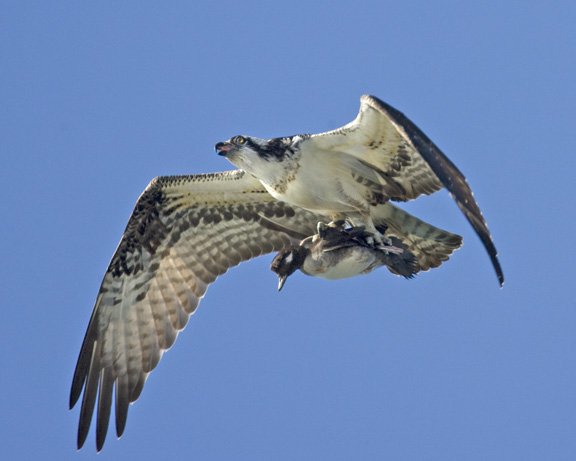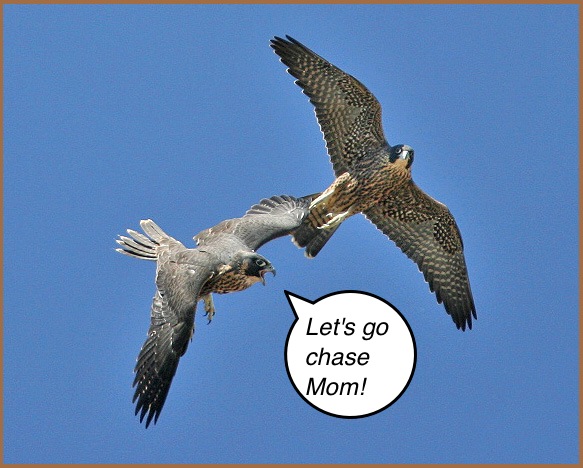Follow Blog via Email
Join 1,624 other subscribersSupport the Peregrine Watch
-
Recent Posts
- Healthy fledglings… June 6, 2025
- Fledging… June 5, 2025
- Chicks showing on May 18-20… May 22, 2025
- Incubation begins… March 19, 2025
- Breeding big time… February 28, 2025
Archives
Details
Tags
- accident or injury
- artwork
- Bob Isenberg
- breeding
- brooding
- California
- California Polytechnic State University
- chicks
- Cleve Nash
- courtship
- Doris
- eagles
- education
- eggs
- falcon
- feeding
- gulls
- Heather O'Connor
- hunting
- incubation
- invaders
- juvenile
- mammals
- migration
- Morro Bay
- Morro Bay Winter Bird Festival
- Morro Rock
- other birds
- owl
- peregrines
- photography
- Piedras Blancas Lighthouse
- prey
- scholarship
- Shell Beach
- shorebird
- solstice
- stoop
- summer
- survival
- visitor
- vultures
- weather
- whales
- winter
Join us on Facebook
Category Archives: hunting
A healthy happy peregrine…
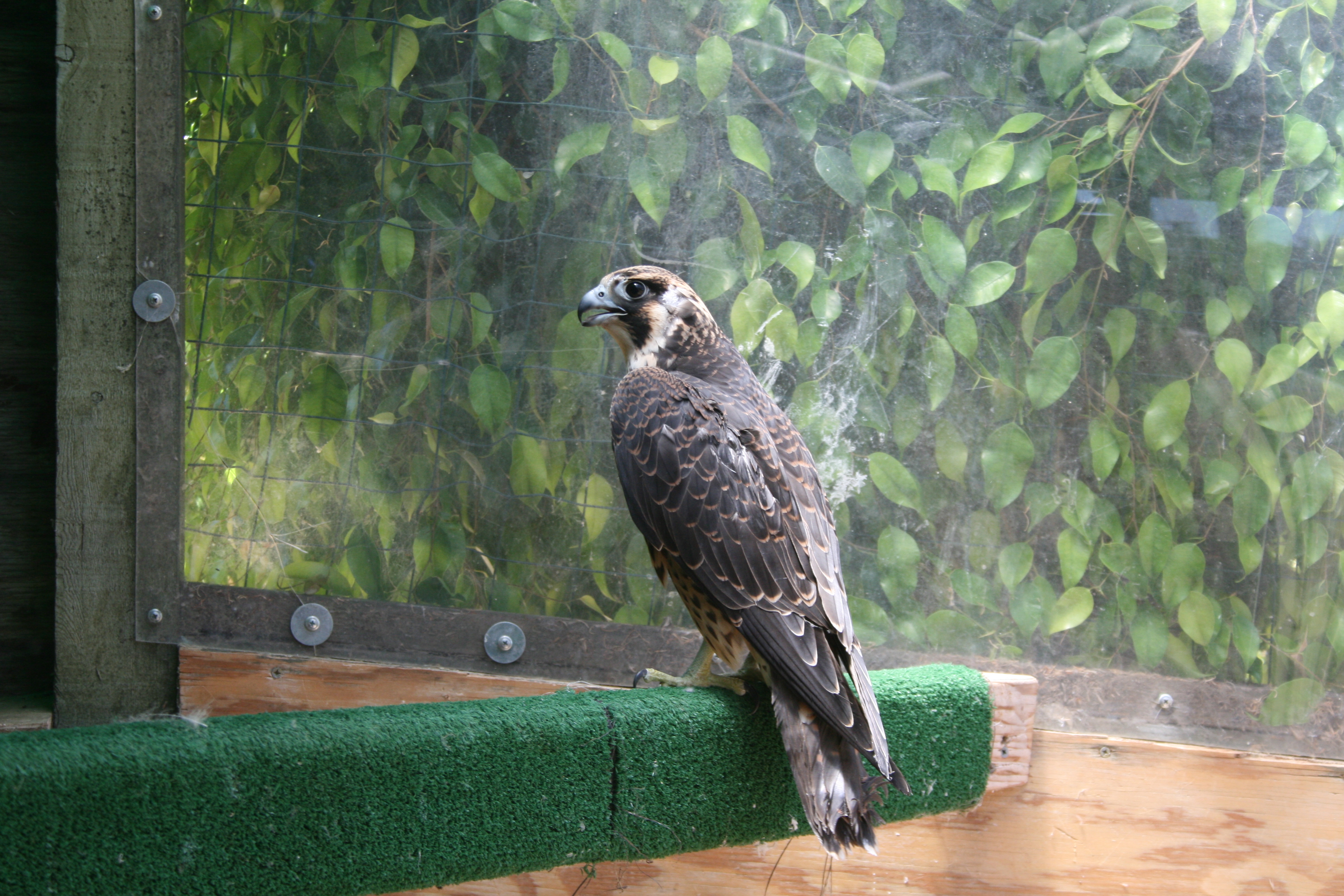
Photo by Jeri Roberts of the peregrine just before release..
Rehabilitation has done wonders for our peregrine juvenile who after release is now soaring over the sand-spit beyond Morro Bay hunting and surviving on her own. A true success story. ~Heather
Posted in falcon, hunting, juvenile
Tagged accident or injury, falcon, feeding, hunting, juvenile, peregrines, survival
Leave a comment
A fisherman of another kind…
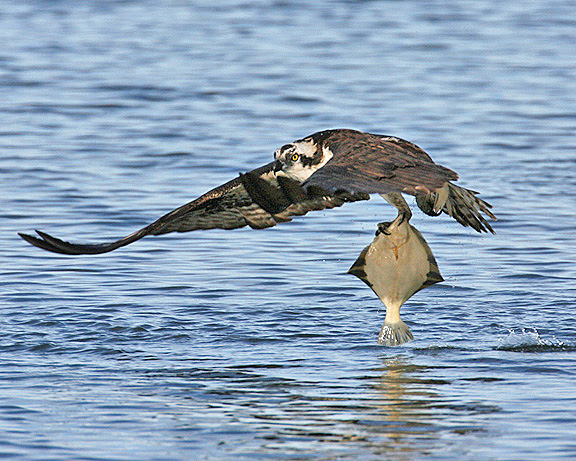
Photo by Cleve Nash
This is the fourth in a series of tales about the “famous and not-so-famous birds of Morro Rock.”
The bird I am speaking of is our resident osprey, a magnificent and colorful large bird of prey. He does not make his home on the rock but he visits there frequently. Most of the time, he is in and around the bay. Perching on sailboats, fishing vessels, lamp posts, etc. Morro Bay, you might say, is his home. In the five or six years I’ve watched him, he has never had a mate or nest site. I don’t know if he is male or female.
The nearest thing to a home was a tree at the west end of the Morro Bay Museum/marina parking lot. There you would find him in the tree and Cleve Nash on the ground with camera in hand. The water was very shallow there even at high tide. This explains why he was able to take the flounder and diving ducks such as the Bufflehead, in the photo below, although he is able to catch prey at three meters in depth.
One day I asked Cleve if he ever got a shot of him entering the water with his talons stretched straight out in front. This he does at the very last second before hitting the water. Cleve responded at that time that he had taken over 900 photos and hadn’t gotten that one yet. When it comes to photography, Cleve is relentless and stubborn with his subjects. One time while shooting White-tailed Kites near San Simeon, Cleve stood for a long period of time with a camouflage drape over himself. A Cooper’s Hawk landed on the lens of his 500 mm camera eighteen inches from his face. This is dedication!
The osprey’s favorite tree fell down last year. Now he and a great egret fuss over a tree nearby. I tried to get some people interested in putting up a tall pole with a tire on top to attract a mate, but I’m not a politician and nothing came of it. He’s still here and roams the bay and if you walk the waterfront to look at the bay or sunset and see scales falling from the sky. It’s just the osprey on the lamp post above your head enjoying his evening repast.
Happy trails, Bob
P.S. The fish is a Starry Flounder.
Then there were none…
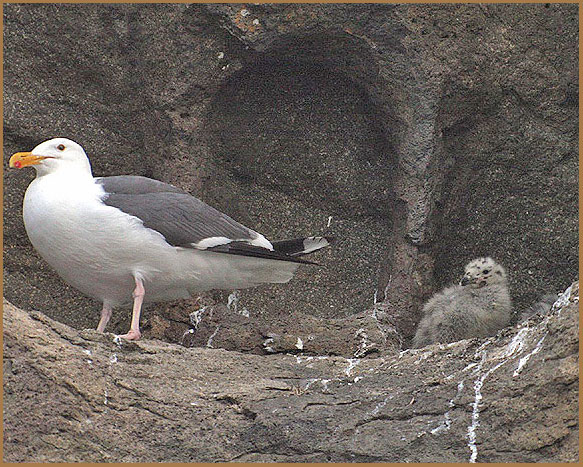
Photo by Cleve Nash.
This is the second in a series of tales about the “famous and not-so-famous birds of Morro Rock
The chimney is the home of “Heathcliff and Gertrude.”* It is a free-standing spire about 60 feet in height with many holes and crevices. It has one large dominant hole with two vertical ridges at the back giving the appearance of a throat with a smaller hole underneath. It is separate from the main rock by about five feet. Every year the large hole is occupied by a pair of Western Gulls at nesting time. You just kind of took them for granted; they were a fixture.
About four years ago, the female peregrine took an interest in the chimney and would fly by the face of the hole. That year, the falcon had three young just out of the nest. The gulls had three downy chicks in the large hole on the chimney. The male falcon would land on top of the chimney frequently with prey to pluck and then deliver to the young. Then one day I no longer took the gulls for granted; they got my full attention. When the female falcon swooped in and grabbed one of the chicks and flew over to one of her young not far away and proceeded to open up the chest cavity for the chick. Within minutes she came back and took a second chick, but not without the parent gull giving chase. She killed the young gull on the wing by severing the neck behind the head and gave it to her second chick. She returned one more time and landed in the small hole beneath the larger nest site hole. When the adult gull flew from the nest to see where she went, the falcon jumped up and grabbed the third gull chick and took it to a perch alive. I watched the falcon with the chick in her talons through my spotting scope for three or four minutes. The young gull sat there looking around in the falcon’s talons. The falcon was looking around for her third chick. She spotted it on a distant dune a half mile away. Then she proceeded to bend down and dispatch the gull, then flew it out to her young on the dune. No one occupied the chimney hole this year, but I am sure in the future there will be another “Heathcliff and Gertrude.”
Happy trails, Bob
* Heathcliff and Gertrude – Some of you will remember the “Red Skelton Show” of the 60s and 70s and his skit of the two seagulls “Heathcliff and Gertrude.”
Posted in chicks, falcon, gulls, hunting, juvenile
Tagged chicks, falcon, gulls, hunting, juvenile, other birds, peregrines, survival
Leave a comment
The progression of a high speed kill…
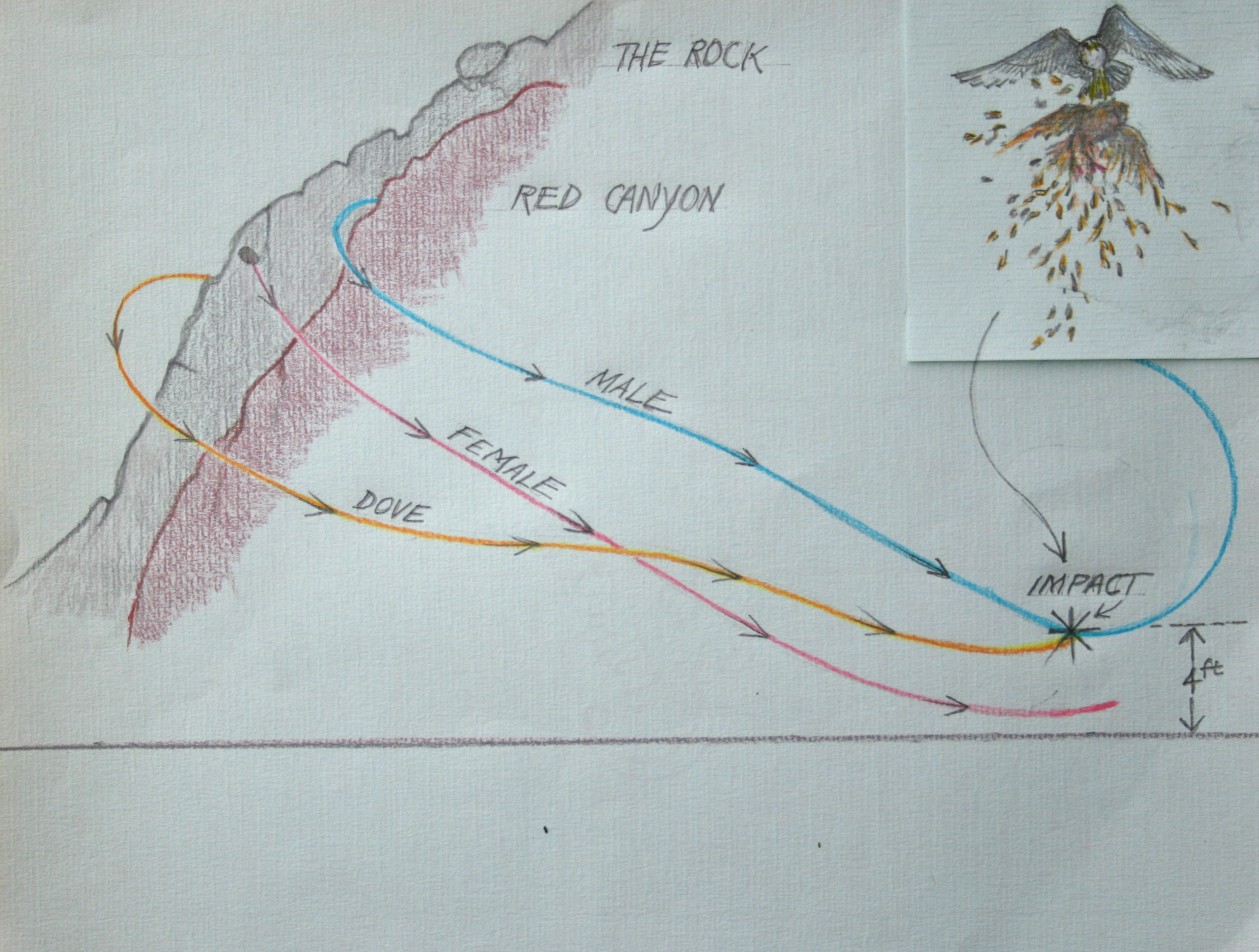
Many visitors to the rock and our website have asked me this question. Do you ever see them make a kill? Yes, many times!
Morro Rock is 576 feet above sea level; the perches of male and female are approximately 25 yards apart and 375 feet above the parking lot. The morning dove approached the rock from seaward, rounding the corner of the rock about 150 feet above the parking lot. The male spots it immediately and takes off at speed. Looks like a humming bird. The female closes in about half a second behind and approaching Mach 0.20.
The morning dove travels about 55 mph in level flight. ‘Rounding the rock from windward, he could have a 10-15 mph tailwind on any given day. The distance from where the dove would have been spotted to where it fell is approximately 300 yards. A morning dove at 60 mph will travel 88 feet per second. The disadvantage for the falcon is that he will probably lose one second just spotting the dove. Also, he is at a dead stop. His advantage is the altitude that he has over the dove, about 200 feet. The falcon must cover this distance in approximately nine seconds from a standstill position which he did.
He is much like a quarter horse or a sprinter, where she is like a thoroughbred. Once she gets the long legs going, look out. At impact with knuckled talons, he hits the dove in an upward swoop. With a burst of feathers, he continues into an inside loop to capture the prey, but the female at speed picked it off of the parking lot before the male could complete his loop.
It is very rare that this can be captured on film. It is seconds in time. Neither the operator nor the camera with auto focus are fast enough to capture this. You have to be there. One of our avid website watchers was witness to this kill and still talks about it today, a year later.
High altitude kills from 1000 feet or more with spectacular stoops normally happen over the estuary and sand-spit. There are dozens of ways they take prey. This scenario with the dove is only one. ~Bob
And the fog rolled in…
Photo by Heather O’Connor Some days at the rock viewing can be challenging. I still like the atmosphere. It is a cool Pacific Ocean and hot inland temperatures that produce a marine layer of fog. A bit mysterious and intriguing. One … Continue reading
Posted in falcon, hunting, juvenile
Tagged falcon, hunting, juvenile, peregrines, weather
Leave a comment
Nature’s way…
June 25, 2012 The first of the Heermann’s Gulls arrived at the rock today. They will be around for the next six months. This gull is quite a bit smaller than the Western Gull, and I have on occasion seen … Continue reading
Landing gear !
June 16, 2012 Since there is not a lot of action right now at the rock, I wanted to share some behavioral actions that are happening as we speak. The south side female has been perched for about 40 minutes. … Continue reading
Gull chicks are about ready…
The young Western Gulls are coming out of the nests to wander around. The falcons know it. Now and the next few weeks, they are just the right size to kill and carry off. The adult gulls are protective of … Continue reading


